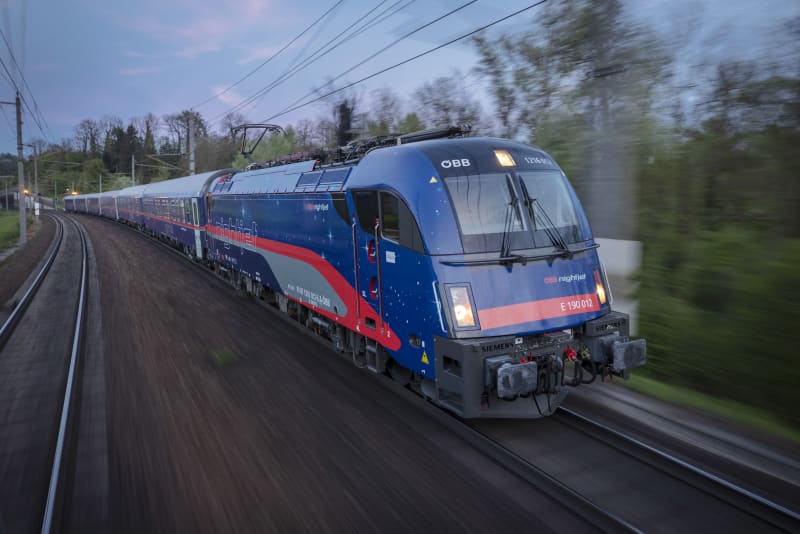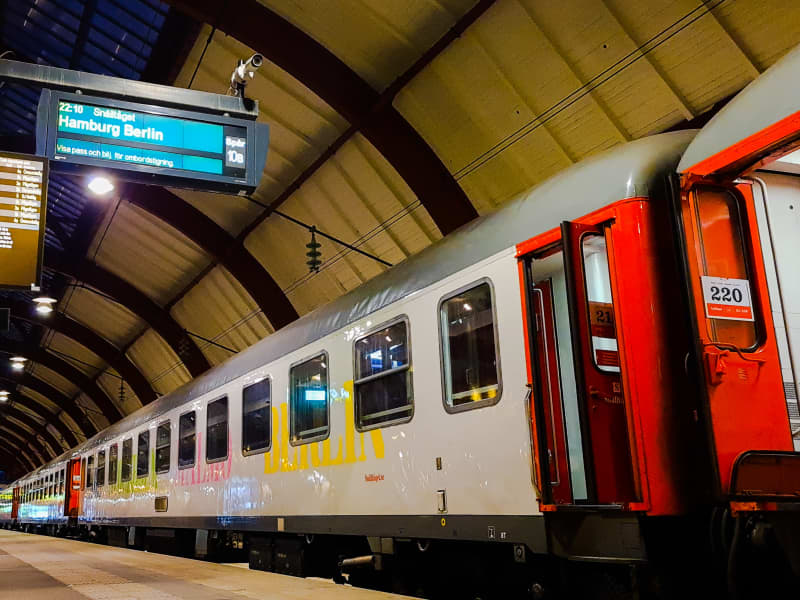All new rail lines in Finland are likely to be built with a narrower gauge than the current one. This will allow European railway companies to gain access to Finland.
Departing from Oulu railway station at dusk, the Swedish night train travels through Sweden during the night, arriving in the early morning hours directly in central Stockholm. From there, the journey would continue by train to Berlin, Hamburg or any other central European city.
This will happen if Finland adopts the European track gauge.
At the same time, the new train service would make northern Finns less dependent on air connections from Helsinki-Vantaa, as the train would take them to the rest of Europe via Sweden. The European Commission wants to transfer as much passenger traffic as possible to rail, and many rail companies are restoring night train services.
The commission’s goal is that by the turn of the decade already a third of passengers and cargo in international traffic would travel on the tracks.
New lines already planned for European trains
For all new rail connections planned in Finland, provision is made to make a lime track with a Finnish track width of 1524 millimeters and a European track width of 1435 millimeters. So the difference is almost nine centimeters.
Kohtamäki says that this increases the interest of European railway companies to start traffic in Finland, since the fleet does not have to be designed and modified to fit the Finnish rail network.
The first European trains could operate on Suomirada in the 2040s, instead, the change between Tornio and Raahe could be made faster, in just a few years. In the Commission’s opinion, the change could be made in stages in Finland, and the projects must be economically reasonable.
– Changing the entire rail network in Finland in the near future makes no sense whatsoever. But you have to see if there are different connections that could bring added value, Hololei thinks.
Among the new lines, the first change could be made to Suomirada between Helsinki and Tampere, and continue the main line towards Oulu.
– It would be most logical to start with the main line, which is by far the most trafficked rail connection, and then extend the thin line from there to, for example, the directions of Jyväskylä and Vaasa, says Timo Kohtamäki.

Ensuring Finland’s security of supply
Russia’s attack on Ukraine accelerates Finland’s plans to move to the European gauge.
In the current security policy situation, an alternative to Baltic Sea shipping is desired if sea traffic is blocked for some reason. At that time, part of the freight transport would be transferred to the rails, via Tornio to Narvik in Norway and further to Central Europe via the Swedish rail network.
– If we look at security of supply and the fact that Finland and Sweden are joining NATO, the European gauge would bring added value, reminds Henrik Hololei.
The start of train traffic between Finland and Sweden will be possible at the end of next year, when the electrification of the line between Keminmaa and Tornio is completed. Already today, diesel locomotives can be used on the track, but there has been little traffic.

Major rail projects underway in Europe
For Finland, the most significant European railway project is the Rail Baltica train connection, partially financed by the EU. A track about a thousand kilometers long is currently being built from Tallinn across the Baltic to Warsaw. It is possible to start train traffic on the new line in the early 2030s.
The northern terminus of the line would move to the railway station under the Helsinki-Vantaa airport, if it is decided to build the 83 km long tunnel from Tallinn to Helsinki. At that time, you could take a direct train connection from Helsinki to, for example, Berlin.
The importance of the Tallinn tunnel in terms of Finland’s security policy situation and accessibility has increased due to the current war.
– Russia’s attack on Ukraine has triggered the reflection that it would be good if we had one gauge across Europe. In the longer term, Ukraine is also changing its railways to the European standard, Henrik Hololei continues.
In addition to Finland and the Baltic countries, the change in track gauge applies to Spain and Portugal.

Billions of euros of transformation work
The length of Finland’s railway network is almost 6,000 kilometers and switching to the European gauge is expensive. In addition to the lime rail, all the technical systems of the track, such as electrification and gears, must be redesigned as well as modification work must be done on the station platforms.
By the beginning of April, the Ministry of Transport and Communications will complete the calculations of how much the conversion work would cost in Finland.
In the near future, the EU Parliament and the Council consisting of member states will discuss the Commission’s proposal for moving to the European gauge.
If the change in track width is decided, the work will last for years.
*You can discuss the topic on 24.3. until 11 p.m.*

